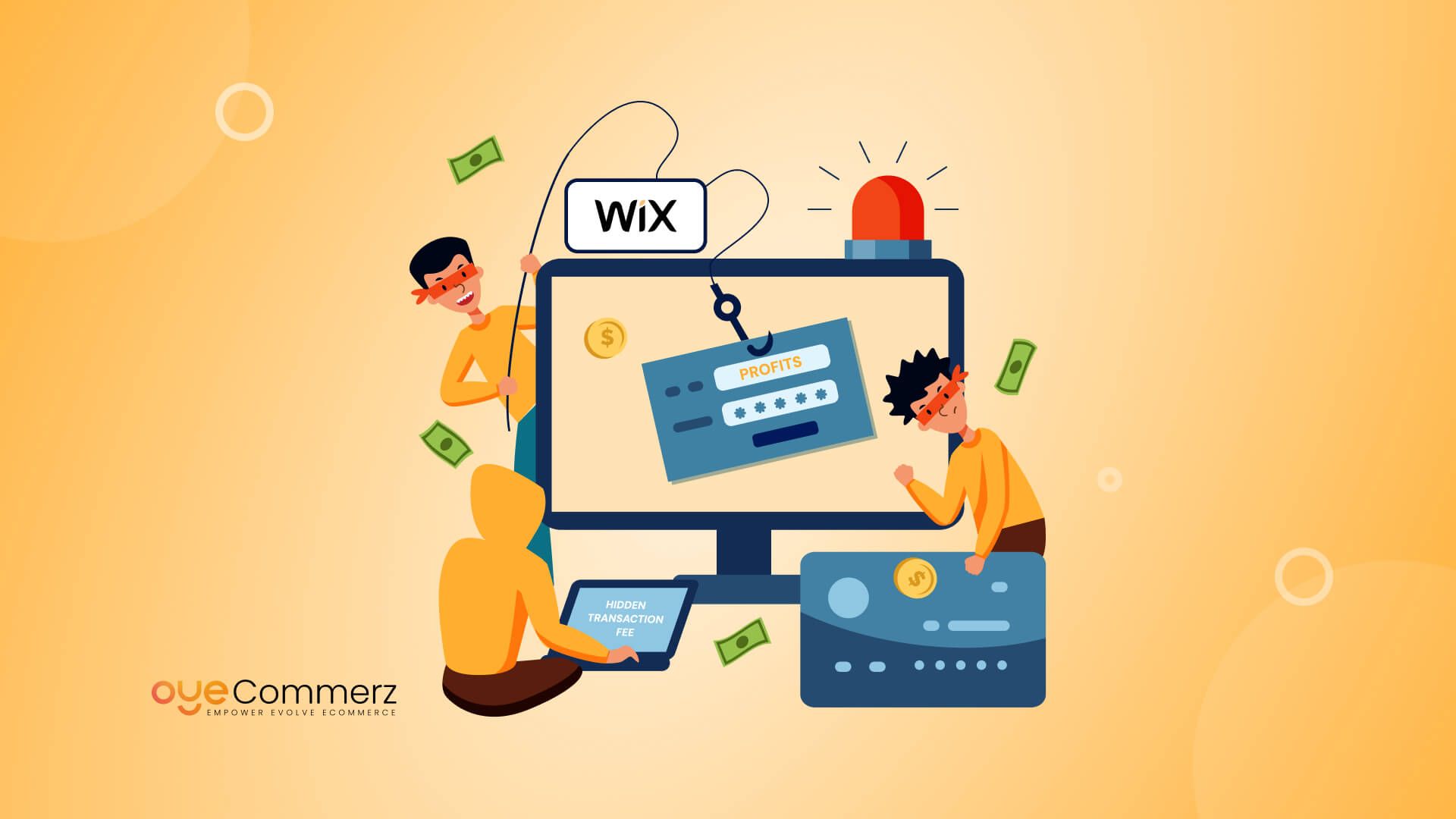In today's digital landscape, choosing the appropriate e-commerce solution is essential for enterprise growth. If you're presently utilizing Wix but thinking about a move to Shopify, you're not alone. Many companies are migrating to Shopify to leverage its powerful capabilities, scalability, and specialized e-commerce solutions. This article will outline the transition process, guaranteeing a seamless transition and preparing you for e-commerce achievement.
Why Migrate from Wix to Shopify?
Before diving into the migration process, it's essential to understand why Shopify could be a superior fit for your e-commerce requirements:
- E-commerce Focus: Unlike Wix, which caters to various use cases, Shopify is designed specifically for e-commerce, providing advanced tools and functionalities tailored for digital commerce.
- Growth Potential: As your business expands, Shopify can easily handle increased visitor volumes and transactions volume without sacrificing performance.
- Extensive App Library: Shopify offers a large collection of apps that can boost your store's functionality, from marketing tools to stock control options.
- SEO Capabilities: Shopify provides superior SEO tools, which can help improving your store’s visibility on Google and others.
- Transaction Methods: With multiple transaction platforms available, including Shopify Payments, you can offer shoppers a wide range of options.
Preparing for Migration
To guarantee a smooth transition from Wix to Shopify, follow these preparation guidelines:
1. Backup Your Data
Export all your data from Wix, including item information, user data, and order history. This process is vital as it ensures you have a copy of everything before initiating the migration.
2. Choose Your Shopify Plan
Assess the various Shopify plans offered and choose one that best suits your company’s needs. Take into account factors such as transaction fees, built-in tools, and growth potential.
3. Set Up Your Shopify Account
Create your Shopify account and familiarize yourself with the platform’s interface and tools.
The Migration Process
Now that you're prepared, it’s time to migrate your store from Wix to Shopify. Here’s how:
1. Transfer Items
Utilize Shopify's integrated migration utility or external migration apps like Cart2Cart or LitExtension to move your items from Wix to Shopify.
Ensure that item details, pictures, costs, and options are correctly imported.
2. Transfer Creating a user-friendly Shopify store design Customer Data
Import customer information such as names and contact Tools for e-commerce growth info into your new Shopify store. This step is critical for maintaining client connections and marketing efforts.
3. Set Up Payment Gateways
Set up transaction methods in your Shopify store to guarantee smooth transactions. You can select from various platforms like credit cards, PayPal, and more.
4. Customize Your Store Design
Select a design that aligns with your business image. Modify it using Shopify's design tools to create an appealing and intuitive shopping experience.
5. SEO Optimization
Apply SEO best practices during the migration process:
- Set up 301 redirects from old Wix URLs to new Shopify URLs.
- Enhance item names, descriptions, and photos with targeted keywords.
- Update meta tags and alt texts for better search engine visibility.
After Migration Steps
Once your store is live on Shopify, consider these post-migration steps:
1. Check Your Website
Conduct comprehensive testing of your new store:
- Verify item listings for correctness.
- Verify transaction methods.
- Ensure all links work correctly.
2. Launch Marketing Campaigns
Announce your new store launch through newsletters and social platforms.
Consider running special offers or discounts to attract shoppers.
3. Track Your Progress
Use analytics tools within Shopify to monitor revenue growth and user activity.
Adjust your strategies based on data insights.
Conclusion
Migrating from Wix to Shopify can substantially improve your e-commerce capabilities and set the stage for growth and success. By following this guide and taking a systematic approach to the migration process, you can guarantee a smooth move that minimizes downtime and maximizes opportunities for sales. Welcome the change and see your online business thrive on its new platform!

 Spencer Elden Then & Now!
Spencer Elden Then & Now! Ross Bagley Then & Now!
Ross Bagley Then & Now! Heath Ledger Then & Now!
Heath Ledger Then & Now! Marcus Jordan Then & Now!
Marcus Jordan Then & Now! Lynda Carter Then & Now!
Lynda Carter Then & Now!